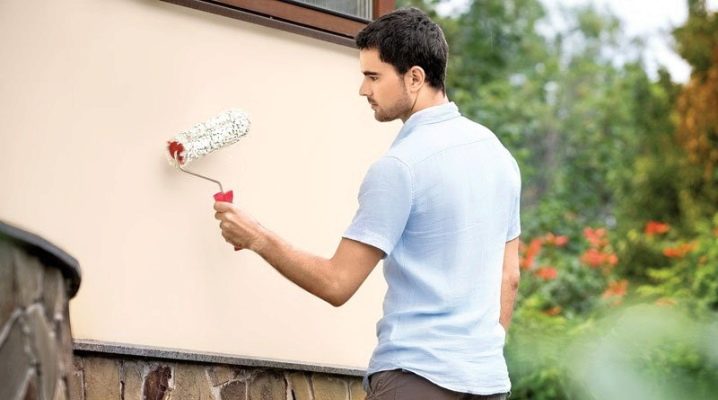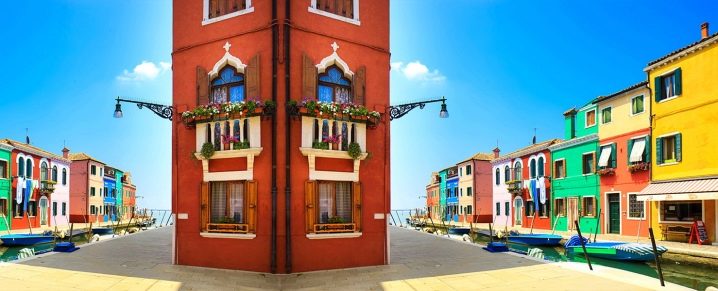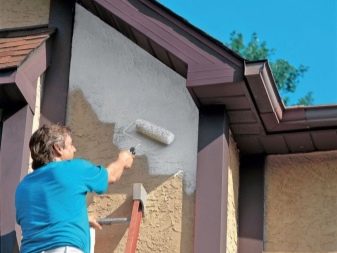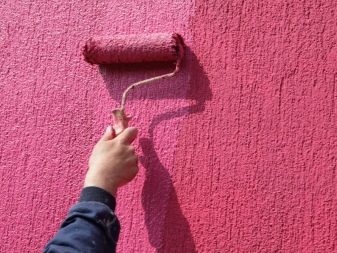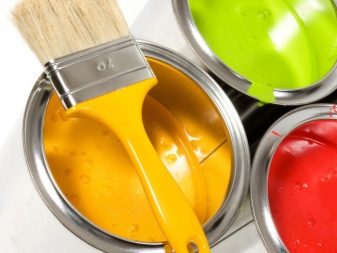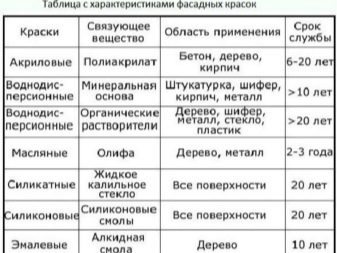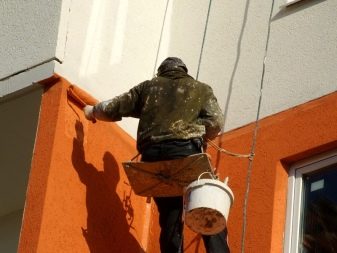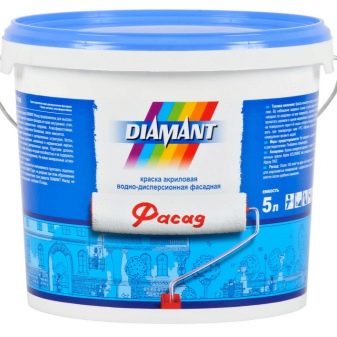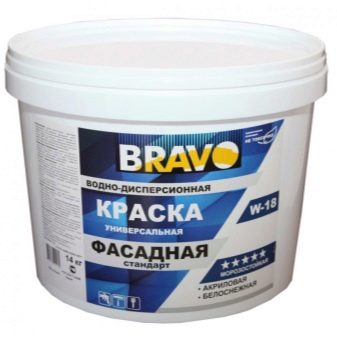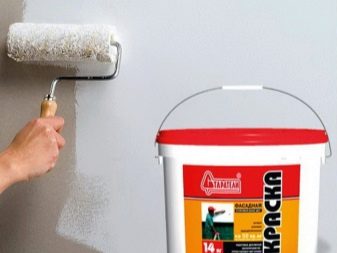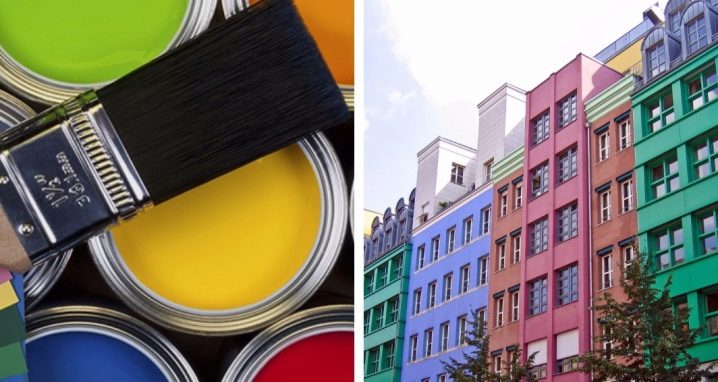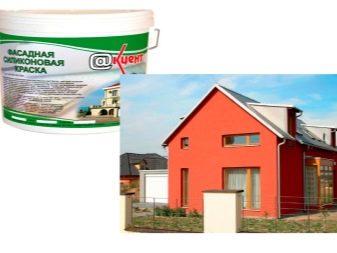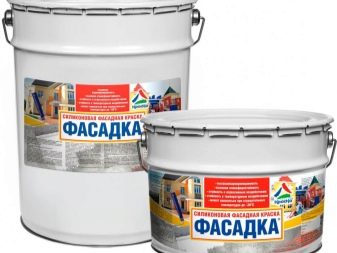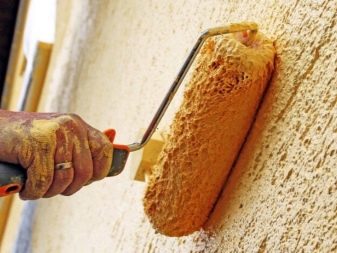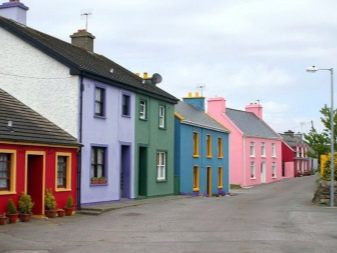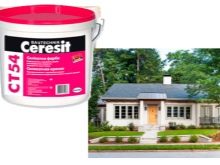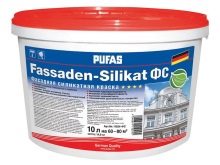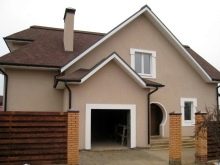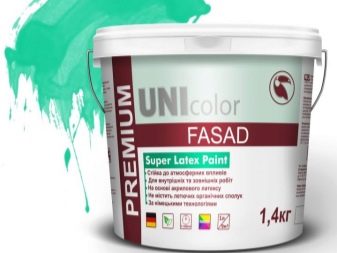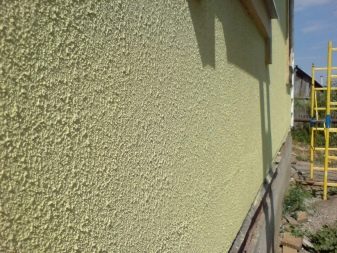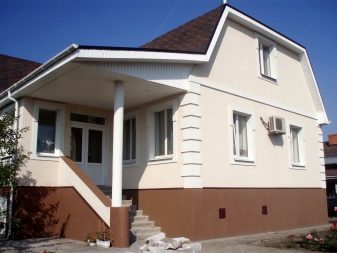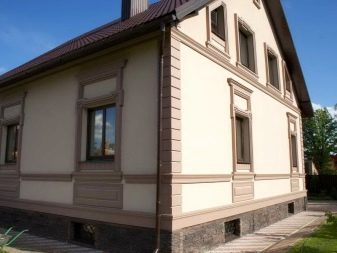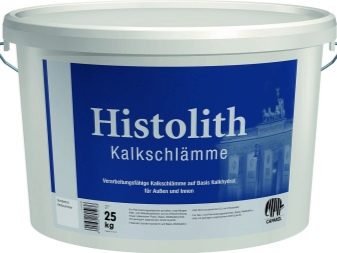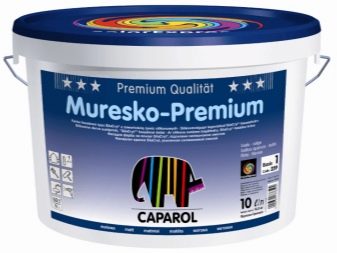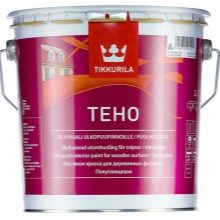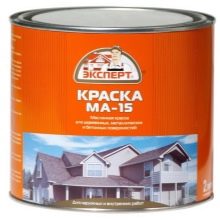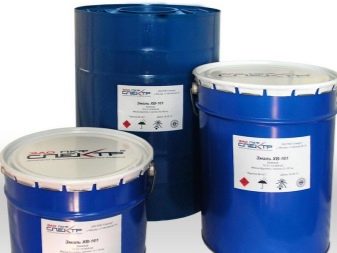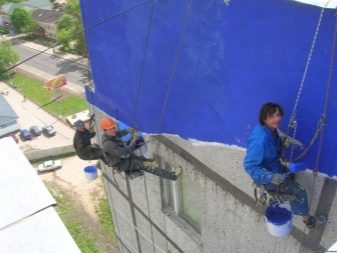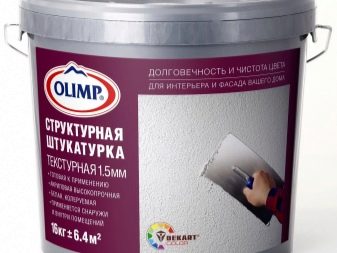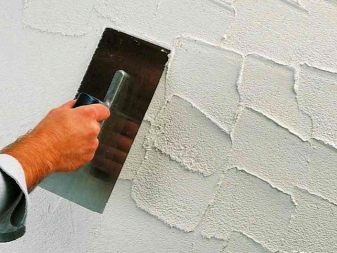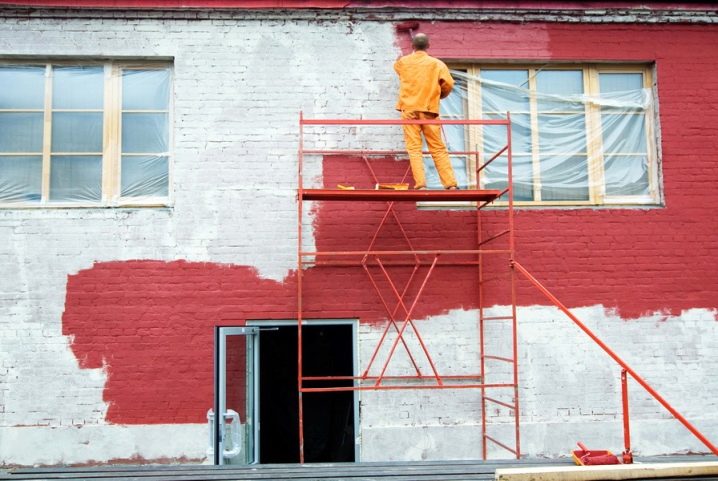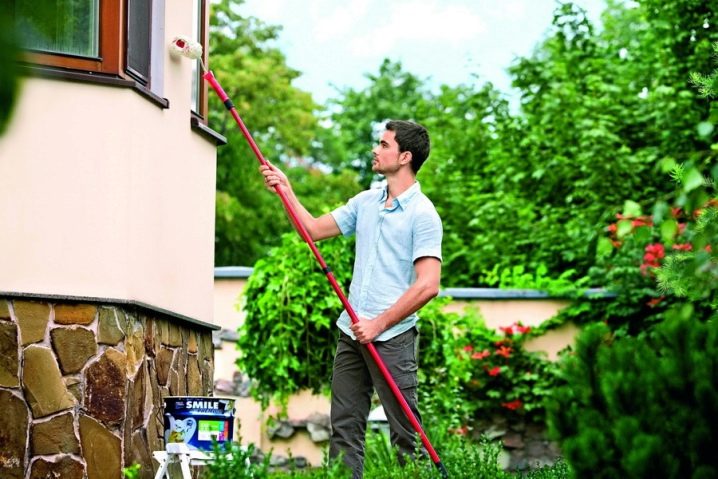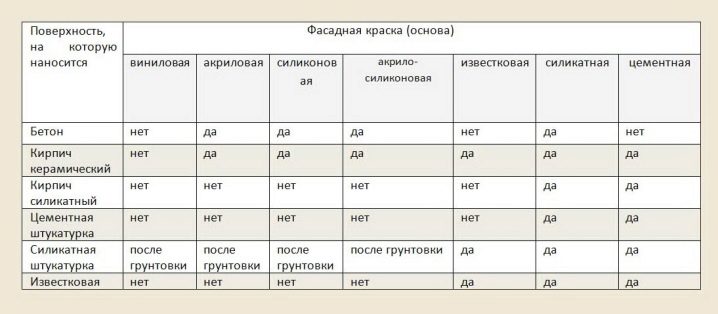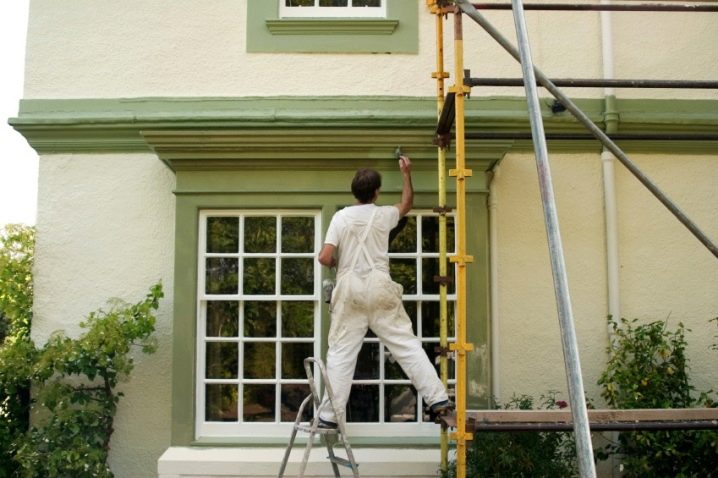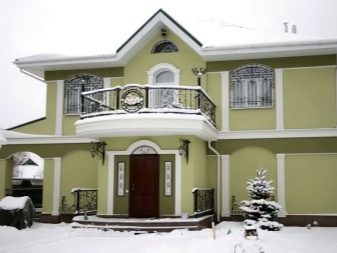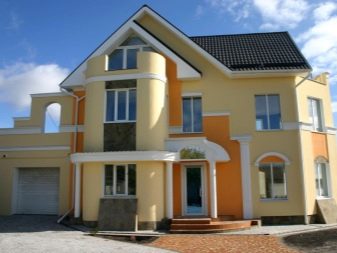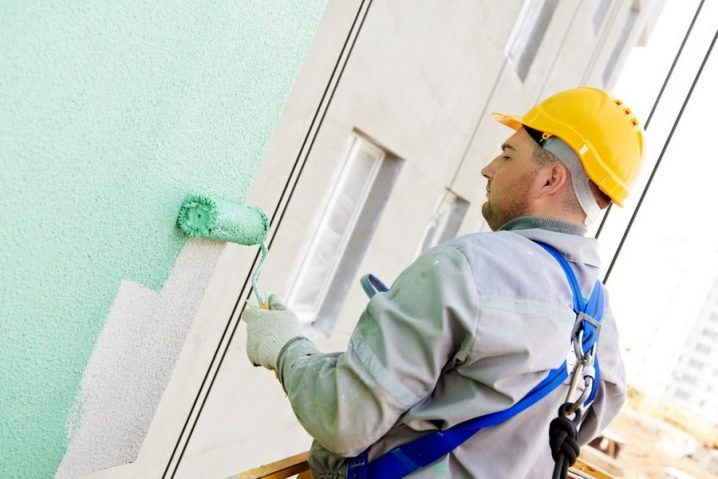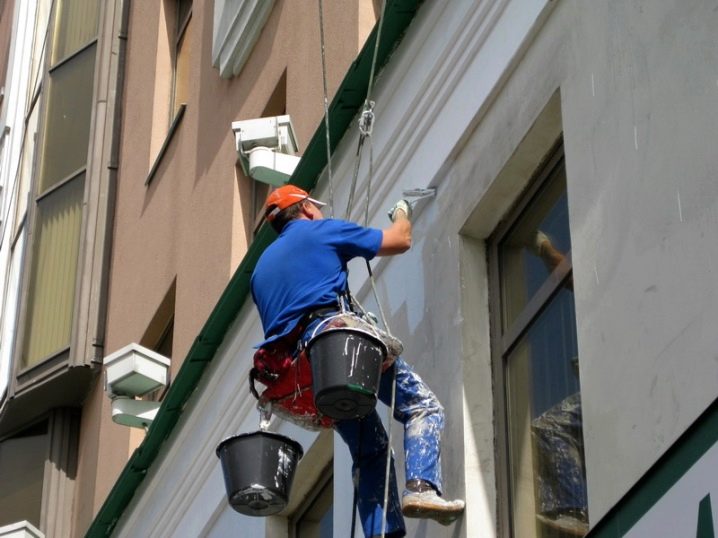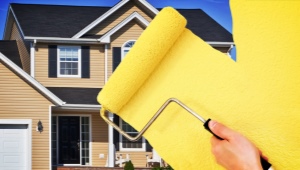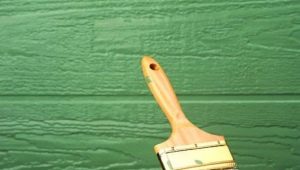How to choose front paint on plaster?
Facade paint is used for exterior work. She has many advantages, however, the purchase of paint is a solid occupation. Consider all the nuances of choice that will allow you to buy high-quality paintwork material.
Special features
Facade paint has two main functions: it improves the appearance of the building and protects the plaster from aggressive environmental influences. The color palette of front paints is various. Resistance to fading depends on resistance to UV light. By the type of texture paint is:
- matte;
- glossy;
- semi-glossy.
A quality paint has a lot of advantages, due to which it prolongs the safety of the finished surface of the facade. Consider the main advantages.
- Moisture resistance. It is able to hold back moisture and prevent it from falling into the wall.Due to this, the supporting structures do not dampen and are not destroyed, the overall service life of the entire structure is extended.
- Vapor permeability. The property of paint is the passage of air through the finished surface. This allows moisture to enter the wall to evaporate, the oxygen mixture easily penetrates inside the building, which has a positive effect on the freshness of the air in the house.
- Resistance to natural phenomena. An important property that determines the durability of the finish, its ability not to collapse under the influence of rain, snow, wind, hail. So for a long time remains attractive facade. Such paint is resistant to temperature fluctuations, its upper and lower limits. This is especially true for regions with hot summers and cold winters.
- Biological inertness and antiseptic. This material excludes the emergence of a medium for the reproduction of microorganisms, the components of the paint are components that are detrimental to fungus and mold.
Kinds
On the modern market of finishing materials for the facade presents a lot of coloring compositions. Conventionally, they can be divided into several varieties.The division is carried out on the main component of the solution, acting as a binder. Subspecies differentiate on the basis of additional additives. There are such types of facade paint:
- acrylic;
- silicone;
- silicate;
- cement;
- lime;
- oil;
- perchlorovinyl;
- structural.
Let's get acquainted with each species in more detail.
Acrylic
This paint is a widespread type of facade paint on a polymer base. It is divided into two main subspecies:
- water dispersion (water emulsion);
- composition on an organic basis.
Characteristic features of acrylic paint are such features:
- it is applied to almost any type of surface (except for lime and silicate, although silicate is rarely allowed for use);
- it is characterized by strong adhesion (strength of bonding with the surface material at the molecular level);
- it quickly sets, has a short drying interval;
- water may be used as a diluent;
- such compositions are resistant to mechanical loads;
- this paint is elastic, when hardening, it does not shrink, does not crack;
- it is resistant to ultraviolet and aggressive weather effects;
Acrylic paint has vapor permeability and high waterproofing performance. It is alkaline resistant and hypoallergenic (does not contain toxic components, and therefore does not cause allergies). She has no unpleasant smell. She is:
- biologically inert (it is unsuitable medium for the reproduction of microorganisms);
- easy to clean with detergent and water;
- allows modification of the color shade to the desired;
- cost-effective (different acceptable price).
Silicone
This category includes dyes based on silicon-silicone resin, water and additives. This group of colors tend to show such qualities:
- they fit well on rocks and minerals, plaster;
- they can be applied to the work surface covered with mineral, acrylic or silicate paint, provided that it is integrity;
- they are characterized by strong adhesion (it is recommended to work in protective clothing)
- a specific working condition is air temperature over + 2C;
- they are resistant to high and low temperatures (ideal for regions with extreme temperatures);
In addition, silicone facade paints are distinguished by:
- good waterproofing;
- high elasticity;
- strengthening the strength of the facade;
- resistance to ultraviolet rays;
- long service life;
- good vapor permeability;
- resistance to alkaline compounds;
- Dust-resistant surface (self-cleaning due to rainwater and wind);
- biological inertness;
- compatibility with acrylic paint for solution;
- resistance to shock and vibration;
- matt surface type;
- nice aesthetic look;
- relatively low consumption;
- average price range.
However, these paints are resistant to abrasion. Subspecies silikonodifitsirovannyh paints based on acrylic has enhanced characteristics.
Silicate
This group includes facade paints with a base of liquid glass and hardening additives. These paints fit well on lime, brick, foam and gas block surfaces. They are characterized by weak adhesion with organic coatings and surfacesalready finished with silicone or acrylic dyes. They are problematic to be removed from the surface, even if a long period of time passes. These varieties are:
- resistant to atmospheric conditions;
- have high vapor permeability;
- refractory;
- durable;
- have low strength against mechanical loads;
- burn out and grow dull over time;
- inelastic;
- have a narrow range of color performance;
- differ in the minimum expense;
- relatively inexpensive.
Cement
This group includes paints with a base of Portland cement. They are well suited for painting on plaster, flat on the cement-lime and cement-sand plaster. They are distinguished by easy application, as well as high moisture resistance. They:
- resistant to aggressive environmental effects;
- have good vapor permeability;
- allow color change by tinting additives;
- prone to mold and mildew;
- have high consumption and relatively low cost.
Calcareous
These compounds are facade dyes that use hydrated lime as a binder.They are produced in the form of a dry mixture, ready-made solutions (paste). Their range of color performance is limited to pastel shades, it can be modified tinting additives, but bright colors fade quickly.
They are easily washed off with water (after the rainy season, a renewal of the coating will be required).
The features of such paints can be counted:
- high vapor permeability;
- strong antiseptic properties;
- Marked surface (erased when touched);
- high consumption for painting;
- relatively low cost.
Oily
The category includes coloring solutions based on natural or synthetic drying oil with the addition of coloring pigment. They do not need dilution, they perfectly fit the wooden surface, but they cannot be used to paint alkaline bases. Their characteristic qualities are:
- high moisture resistance;
- low vapor permeability;
- long drying period;
- vulnerability to ultraviolet radiation;
- short period of service;
- relatively low cost;
- wide range of color performance;
- great appearance;
The consumption of painting depends on the darkness of the tone: with its saturation, the number of layers required and the consumption increase.
Perchlorvinyl
This is a rare form of paint and varnish. Its features include:
- wide range of colors;
- the possibility of staining at a negative temperature;
- resistance to aggressive weather events;
- protection of walls against fungal mold;
- short period of operation (4 years);
- mild flammability;
- low cost.
Structural mixtures
Such finishing materials are inherently closer to decorative plaster than to paint. The features of such compositions include:
- the convenience of use;
- high plasticity;
- elasticity;
- nice appearance and the ability to create 3D-effects;
- small variation of color solutions;
- short period of operation;
- high cost;
- possibility of amplification with acrylic additives.
Consumption
When choosing a paint and making all calculations it is important to consider the amount of material needed to cover the entire area of finishing work. First, it is necessary to calculate the surface area. The wall area is calculated by multiplying the length and height. The total amount is obtained by adding the areas of all the walls to be finished. The size of windows and doors is subtracted from the total amount.
With a complex form of the walls (with different curves and rearrangements) it is worth making measurements with a tape measure.
On the package there is a dye consumption indicator per 1 sq. M. m. It is multiplied by the total area. If the finish involves a multi-layer coating, the resulting volume is multiplied by the number of layers. To reduce the consumption of facade paint, you need to apply the spray gun. The cost of the coloring solution depends on the consistency: the thicker it is, the higher the consumption. Standardly indicated consumption for primed walls, the porosity of which is reduced by impregnation. If priming has not been done, consumption will be significantly higher.
The approximate consumption of different types of paint (the numbers are not tied to a particular brand) looks like this:
- acrylic - 140-150 ml. / sq. m .;
- silicone - 130-140 ml. / sq. m .;
- silicate - 100-110 ml. / sq. m .;
- cement - 170-200 ml. / sq. m .;
- calcareous - 170-180 ml. / sq. m .;
- oil - 100-130 ml. / sq. m. or 1 l / 9 square. m
Tips for choosing
To choose a suitable facade paint, it is worth considering a number of factors, starting from what works the dye is intended for. If by mistake you choose paint for interior work, such a coating will quickly fall into disrepair due to the lack of powerful protective properties.Compatibility of the type of facade paint and type of coating directly determines the durability of finishing works. For example, acrylic varieties fit well on concrete, brick and wood surfaces.
It is important to take into account the operational features of the dye.
- If there is no plasticity, cracking and shrinkage are likely to cause cracking over the entire surface.
- In the paint should not be toxic components that can cause an allergic reaction.
- It is worth paying attention to the drying time, the requirements for temperature and humidity when performing finishing work.
- What matters is the storage conditions of the facade paint and its shelf life.
Choosing the composition, you should pay attention to the protective properties. It is necessary to take into account the environmental factors that characterize the region, as well as resistance to mechanical stress (shock, abrasion, vibration) and the level of moisture resistance. If the coating does not let the air through, the walls will accumulate moisture and dampen, becoming unusable (it will be stuffy in the house, there will be a specific smell). Biological inertness of the composition for the terrain with high humidity is relevant.
In addition, you should pay attention to other aspects.
- Resistance to ultraviolet rays (a particularly important parameter for the southern solar regions, affects color burnout and the integrity of the painted surface).
- Resistance to differential, minimum and maximum temperature.
- Resistance to aggressive weather events (rain, snow, hail, frost, strong wind).
- Fire safety composition.
- Resistance to various chemical compounds used for cleaning the facade or present in the atmosphere due to emissions of a particular company.
- The presence of antistatic properties (especially important for homes near roads, where dust from passing cars is a constant phenomenon).
It is worth paying attention to the aesthetic qualities of the facade paint and the warranty period of service. Whatever properties the front paint may possess, if it is intended for 10 years of service, like enamel, for repairs designed for 20 years, it will not work.
In addition, do not forget to consider manufacturers rating.
How to choose a facade paint, see the following video.
